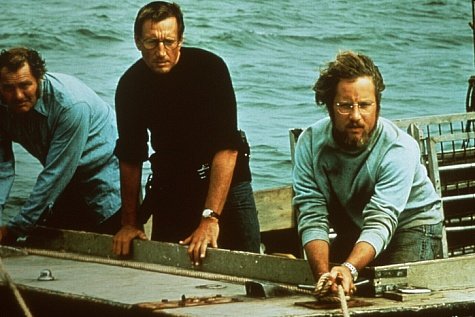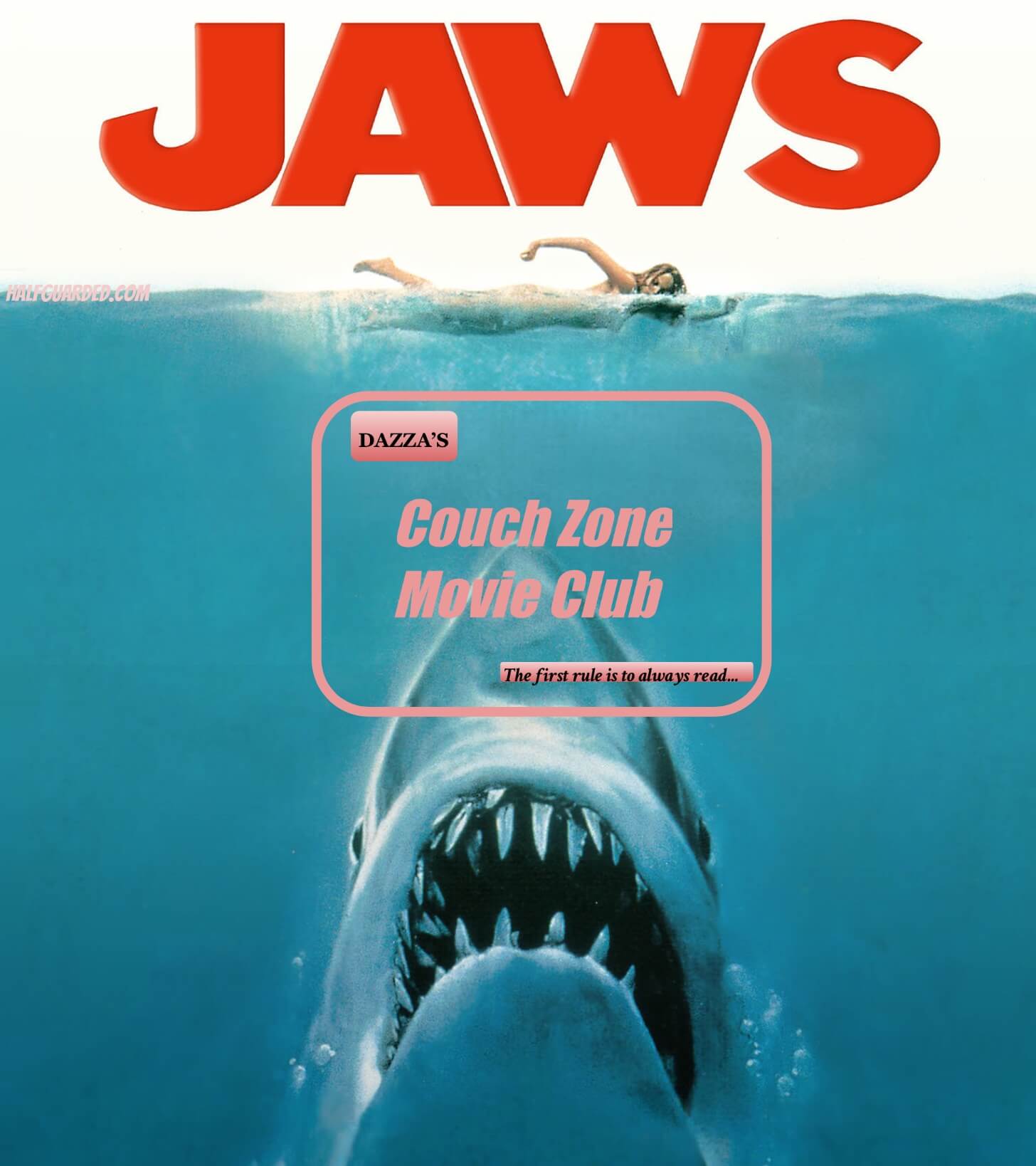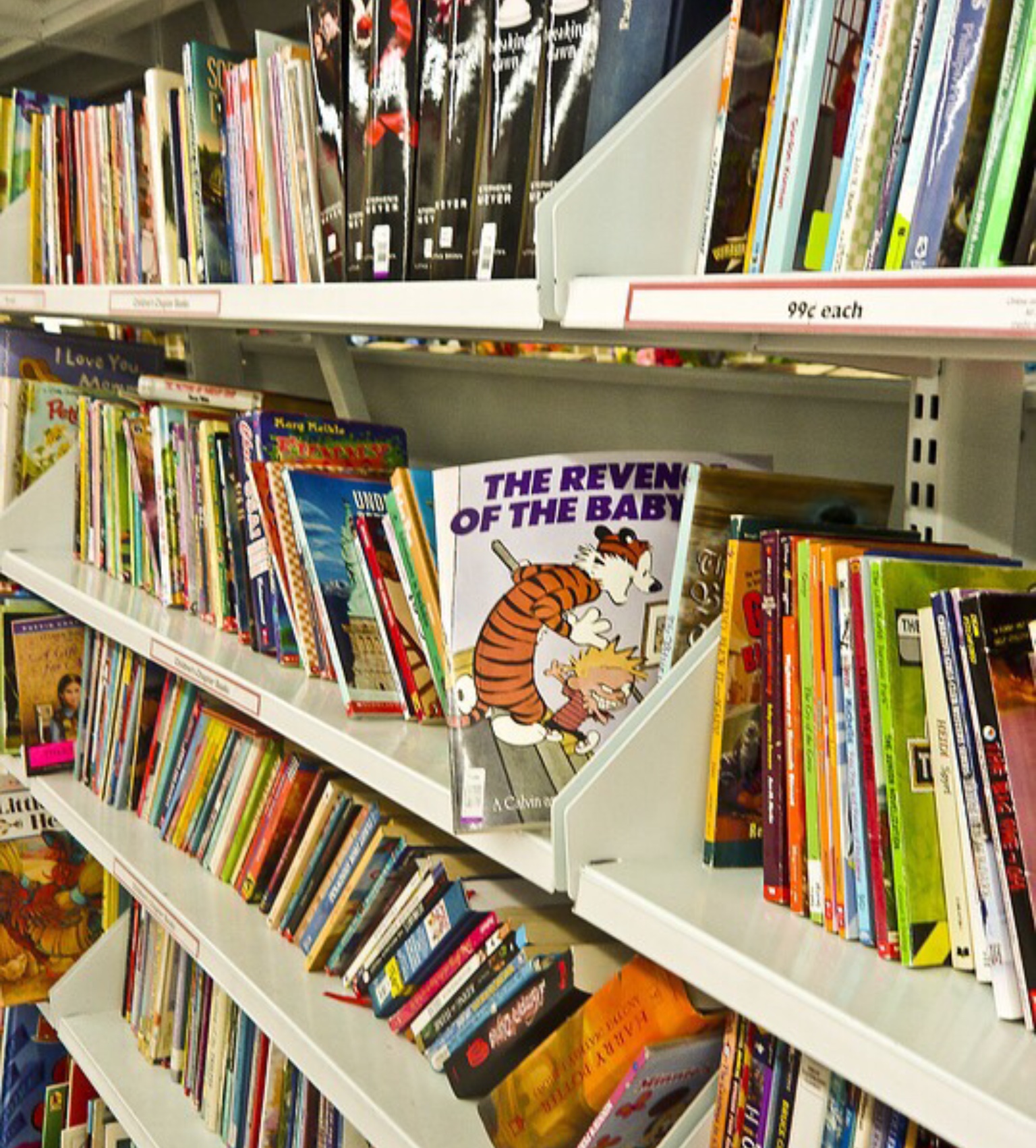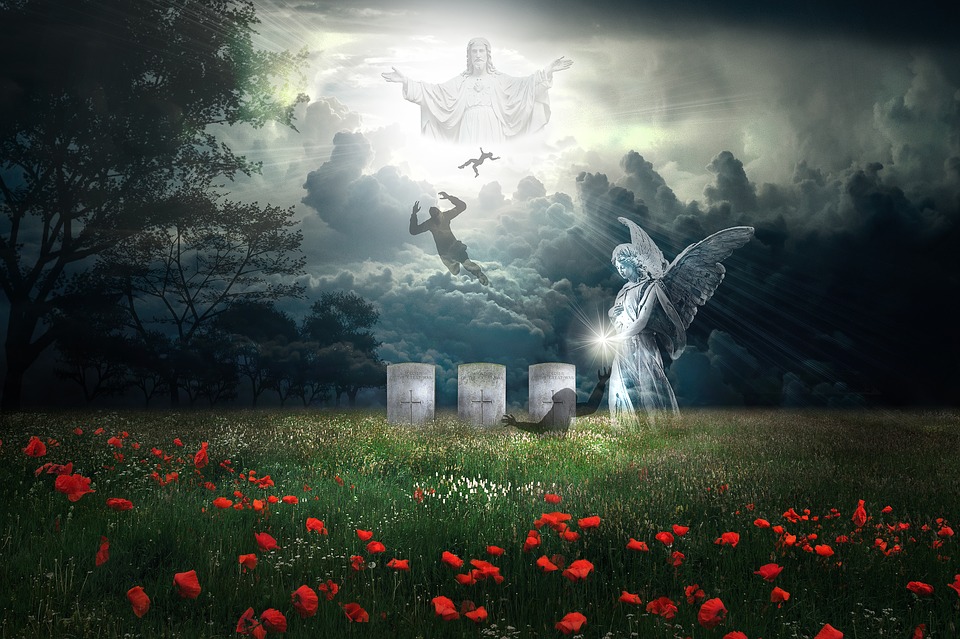Disclaimer: I did mean to write about 1975 movies but you know plans change.
Nope you did not read that wrong. This latest instalment of Couchzone Movie Club covers only the year 1975 as I’m altering the format, pray I don’t alter it any further. While previously I would pick my favourite movies from a five year period, now that we’ve reached the 70’s it’s clear there are just too many damn great movies to limit to a paltry six selections per decade. So from this point forward CouchZone will focus on one year per article, which means of course that a format that was going to run for a further nine articles will now run for around 42 articles. And I’ll be throwing in a curveball of special one of themes from time to time.
You should thank me, you really should.
So let’s begin with 1975, a year in which the Sex Pistols played their first gig, Ali and Frazier thrilled in Manilla and American tapped in the Vietnam War and got the fuck out of Saigon.
Jaws

Jaws changed everything. In many ways completely by accident.
Originally Jaws was meant for a Winter 1974 release but the troubled project’s delays meant it was put back to the Summer of 75 and when it drew queues around the block it gave birth to the Summer Blockbuster. It’s television marketing and branding (I had a Jaws T-shirt as a five year old that I was terrified to actually wear) coupled with being released in most theatres on the same day (as opposed to a gradual release to build word of mouth) changed the way films were promoted. It also launched an esteemed career young director by the name of Stephen Spielberg.
It also had a profound effect on me as a eight year old when I watched it along with 23 million other ITV viewers (still one of the biggest audiences in it’s history) in 1981 when it was shown on British TV for the first time. I remember the experience clearly, as me and my parents had to take a trip to my grandparents to see it as our own TV was in the repair shop and we were having to make do with a black and white portable television (so different today with households having a colour TV in almost every room in the house). Despite been quite a timid child when it came to horror films I fell in love with the film, despite jumping in fright everytime the shark popped up out of the ocean but the biggest scare I suffered was when the head of Ben Gardner appears in the hole of his ruined fishing boat. I still remember freaking out at the startling appearance of the unfortunate fisherman and for some reason throwing the apple I was eating across the room in a panic.

Several years later the film was repeated and now armed with a family owned betamax video recorder I was able to use one of my two blank tapes (the other reserved for the day Star Wars was to be shown) to own forever. That Summer holiday it’s no exaggeration to say I watched that film almost every day, never once getting bored with it.
As a film to get obsessed about I couldn’t have chosen better. It’s a masterful film, not just for it’s truly terrifying scares and tension, but for it’s creatively subtle techniques, it’s wonderful script, the depth of it’s characters and that iconic cinema score that made John Williams one of the most important contributions to the success of the film. And everything that was great about it was forced on the film with a good old fashioned struggle over adversity.

With modern technology and CGI Jaws could be made so much easier today. And it would not reach anywhere the triumphant highs that Speilberg’s finished film did. Today’s CGI would allow the shark to do what ever a director or writer imagined, come out of the water whenever needed, soar effortlessly underwater, growl, grin, jump on the boat with a cane and Tophat and sing “putting on the Ritz.” And we’d get a mediocre, souless monster movie. Jaws is a better movie in 1975 because Spielberg had to creatively get round not actually having a shark in his shark movie.
When Spielberg came across an advanced copy of Peter Benchley’s then unpublished novel Jaws he immediately recognised it’s audience pleasing potential, but like Producers Zanuck and Brown when they were securing film rights to the novel had no idea how they would bring the shark to the screen. “No, you can’t train sharks,” they were told and so three model sharks were built instead. Forty special effects technicians worked for six months to produce these sharks which arrived at Martha’s Vineyard and then proceeded to break down and sink at every opportunity. Top of the inadequacies proved to be their lack of resistance to saltwater.
So Spielberg was forced to reduce the Shark’s appearances and ultimately made for a better movie. For example, the intention was originally for the shark to first appear when attacking it’s first victim, Chrissie Watkins. Without a working shark this was replaced with a terrifying scene of her being repeatedly yanked under water by the unseen shark, which continues to throw the screaming young woman violently from side to side. She has a brief respite where she sobs and shivers before the still unseen shark resumes it’s attack and she screams begging for help before she disappears under the water for the last time followed by a sickening silence. It’s a violent, disturbing scene that retains the menace and mystery of the shark.

At other times Spielberg substituted the shark cleverly with other objects such as the use of the Yellow barrels attached to the shark during the climatic shark hunt in the third act. In one scene where two fishermen are attempting to catch the shark that begins as comedy the Shark is represented by a wooden pier that it has been chained to and torn lose from it’s moorings. According to my parents who saw the film the cinema that moment where the floating pier begins to turn and then heads to shore at speed to chase one of the fishermen caused the entire audience to gasp.
In the second attack, Spielberg broke two horror traditions in the space of a few minutes by first killing off an animal with poor dog Pippett and then in a young boy Alex Kitner. From the view of the shore we see a split second, surreal shot of a mass of black shapes, throwing around a child. A second later we see the child thrown in the air with a fountain of blood, followed by a moment of confusion and then panic when other swimmers realise the water has turned red. But the most dramatic shot in the scene is that of Police Chief Brody. Overruled by the Mayor in his wish to close the beaches after the first attack he’s been attentively study the ocean from the beach and when the attack strikes the camera zooms in on the horrified and stunned Brody in an iconic moment that’s splendidly Hitchcock inspired.

In order to bring these scenes alive, Spielberg decided to give the shark his own theme. And what a theme! Even as a little kid I recognised that slow, menacing tune as “Jaws.” That simple, easy to hum tune that just screams impending death. When hearing those first few bars, as an audience you gets chills, the heart starts racing as the beat picks up as the shark’s charge picks up, often accompanied by the triumphant bugle cry of the hunt as the shark reaches full speed.
John Williams score is one of the most vital components of the movie. The shark theme represents the mood and determination of the shark, but it’s also used to trick the audience. In the previously mentioned Ben Gardener head scene, the theme surfaces and plays with the expectation that has now become ingrained in the viewer’s head that the shark is around, putting you on edge and distracting you for the shock appearance of the ruined head in the boat hole. Not to be forgotten is also the theme of the boat “Orca” during the hunting scenes, an uplifting series of tunes that hark back to the thrills of pirate movies as the boat races over the ocean in pursuit of the shark. When the boat lies ruined and adrift on the seas, these songs dissipate with a return to the shark’s theme as it reigns triumphant in the battles between them.
This being Spielberg’s second movie (aside from a made for TV horror road movie “Duel”) he was inexperienced and cocky and this led to him insisting on filming the third acts shark hunt scenes almost entirely at sea as opposed to in a tank in a studio. As a result filming encountered problems of disastrous proportions. Aside from the problems with the sharks, the elements ravaged the cast and crew with sea sickness, sunburns but these ultimately proved minor as shoot at times became dangerous. Accidents were rife, sets repeatedly capsised and had to be retrieved from the ocean floor. The most spectacular and almost fatal mishap occured when the sinking of the Orca scene got out of control resulting in crew and equipment ending up in the water (drastic action had to be taken to save the reels of footage from dissolving in the saltwater) and Roy Scheider scarily trapped within the Orca as it sank.
The conditions caused frustrations for the cast and crew and caused some acts of rebellion as theft and sabotage occurred. The persistent problems caused by the ocean meant shoot the went well over schedule and piled on the costs which were already out of control thanks to the canny townsfolk of Martha’s Vineyard overcharging and milking the production for every cent they could get out of them. Production and cost wise the decision to shoot on the Ocean was a mistake. But creatively it resulted in a beautifully authentic looking film, that considering the conditions has scenes that are nothing short of incredible.
One moment in particular is stunning, where the crew of the Orca for the first time encounter the shark. It appears first as a fin on the horizon and begins it’s charge, then in a overhead shot the camera circles round the boat as the Shark approaches from the other direction, it’s form visible just beneath the surface as it passes underneath the boat.

Delays meant more time to tweak the script, which departed greatly from Benchley’s novel. An affair between Brody’s wife Ellen and the playboy shark expert Matt Hooper (Richard Dreyfus) was ditched to have a more loving relationship between the Brodys. Also Hooper was made to be an ally of Brody in standing up to the Mayor who insists on the beaches being open for the 4th July holiday as opposed to the novel where Hooper is in cahoots with the Amtyville establishment.
Likewise the character of the grizzled seadog Quint (Robert Shaw) is giving a more likeable feel through his humour and is given stronger motivation for his shark hunting with a Captain Ahab obsession of revenge for destroying sharks (although in the novel he gets more of a Ahab fate by getting tangled with the ropes of the harpoons attached to the sharks and dragged to be drowned to death). This addition leads to one of the greatest moments in the film. A comment on a faded tattoo leads to Quint revealing to Hooper and Brody he was on the USS Indianapolis, a real life ship that sunk in shark infested waters while on a secret mission to deliver parts for the atomic bomb with only 316 survivors out of 1,200.
The resulting monologue is chilling as Quint tells the story of floating on the ocean for days awaiting rescue while sharks picked off the crewmen one by one. The credit for who wrote one of the most amazing scenes of dialogue has been strongly contested, with John Milus having written the script for the dialogue but being rewritten by Robert Shaw himself, with some going so far as to saying he ad-libbed most of it.
In any case Shaw delivers the monologue to a stunned Brody and Hooper with such conviction, seething with a quiet anger, that by the end of it you realise that the scars of his experience have driven him to a life of hunting sharks, as revenge? or maybe a one man war on them? It also makes for his fate as tragedy, that after surviving the Indianapolis sinking decades later he succumbs to the jaws of the shark.
“On Thursday mornin’, Chief, I bumped into a friend of mine, Herbie Robinson from Cleveland- baseball player, boatswain’s mate. I thought he was asleep, reached over to wake him up… bobbed up and down in the water just like a kinda top. Upended…. He’d been bitten in half below the waste.”

Quint who has a memorable introduction, scratching his nails down a blackboard to get the attention of a town meeting on the problem of the Shark, fits in perfectly with a triangle of himself, Brody and Hooper on their quest to kill the shark. Each brings their own distinct character traits that conflict and yet compliment each other with their respective attitudes to sharks in general.
Quint is a working class man, a WWII veteran who’s experience with sharks represented death for his comrades and his obsession with them has driven him to combine it with his livelihood. Hooper on the other hand comes from a world of privilege and his encounter with a shark that attacked his boat but let him unscathed, excited and inspired him to be obsessed with sharks in a vocational way. Naturally the class backgrounds and being opposites in terms of traditional masculinity puts the two characters at odds for much of the film (in real life Shaw and Dreyfus didn’t get on for similar reasons), although the two bond somewhat in a lighthearted scene leading up to the Indianapolis monologue where they swap stories of the various scars they’ve received throughout their adventures.
Standing apart from this malebonding scene is Brody who has nothing to add, glancing at his own appendectomy scar then embarrassed covers it up without sharing (although there is a fan theory that this is actually a bullet wound suffered while in the NYPD that led to him moving the family to the quiet and safety of Amity Island, although there is no story to support this). Brody fits in neither of their worlds, the only one who has a family and to whom the shark represents a vindication of his fear of the water. This fear of water is a general everyman fear of danger, or anything unknown that threatens the stability of a comfortable life. Throughout the hunt he’s the fish out of water, unable to pick up the knack of tying knots, baulking at having to handle a fishing rod and generally in fear at every moment, he’s even further emasculated when his wife gives him medicine for his sinuses when embarking on the hunt.

If a film were to be made today with the stories of the shooting problems of Jaws, a budget and shoot that had doubled, the internet movie fandom would be rife with how the film was destined to be a disaster. Especially if a leading actor was to denounce the film before it’s release as Dreyfus did in an interview, decrying his own character. Naturally when today everyone freaks out over the word “reshoots” (reshoots happen in all movies) keyboard commentators would have had a field day when Spielberg was forced to spend his own money to film an extra scene, despite the fact it was one of the most celebrated in the film (the Ben Gardner scene).
But suffering breeds character! The making of a film is not what should be judged but the finished movie, as from the other side of the turmoil came a wonderful and beloved classic. Join at any moment in the film and you’re not far from a memorable scene, whether it be a tense sideshot of Brody slowly walking towards the reports of a shark and gradually breaking into a run, the touching scene of a tired Brody at home realising he’s been mimicked by his son or the dramatic real life footage of a shark trapped on top of a mini sharkcage which Spielberg rewrote the script to include, the tease of Quint eyeballing the fishing line that has twinged or the moment where Brody first sees the shark and stunned backs away and simply says to Quint “you’re going to need a bigger boat!”
While Spielberg went on to a loved and distinguished career, Jaws became a franchise without him. Jaws 2 (1978) saw Roy Schieder return (Dreyfuss stayed home) so Brody could battle a new shark that came to terrorise the youth of Amity Island. I have a soft spot for the film that goes more into the teen in peril horror movie territory (it also has one of the most relentless screamers ever in a movie, honestly you’re praying for the shark to get her).

Jaws 3D in 1983 was part of a failed experiment to bring 3D back and focused on the grown up Brody kids battling a shark in a seaworld type underwater theme park and it was complete shit, with a god awful looking shark. Even worse was Jaws the Revenge in 1987, in which a shark comes to Amity and kills the youngest Brody (Roy Schinder’s character died of a heart attack we’re told out of fear of sharks) prompting mother Ellen to move to the Bahamas to live with her older son and Michael Caine only for us to believe that the shark follows her there for some of that Brody meat I guess. Yeah It’s really stupid.
Michael Caine when quizzed why he did Jaws: The Revenge replied “I have never seen it, but by all accounts it is terrible. However, I have seen the house that it built, and it is terrific.”
There has been talk that Spielberg plans one day to redo Jaws, replacing the model shark with a CGI one….to which I say FUCK YOU!!!!!!!!!! And the same sentiment goes to anyone who ever mocks the look of the shark in the first movie.
Jaws is perfect the way it is. Replacing the shark scenes would be a kick in the teeth to everything accomplished, every hurdle sidestepped, every problem solved. It would be disrespectful to the work that went into making those sharks work as well as they could be and putting the scenes together to work around them. Those sharks represent the creativity and genius that against all the odds turned a disaster into one of the greatest movies of all time.
And in any case have you ever watched Shark Week documentaries? Sharks have a really weird, not quite real look about them anyway. “Bruce” needs to stay forever, not some CGI cartoon shit.

If you’ve never seen Jaws, see it. If you’ve seen it, see it again. And if you want an eye opening behind the scenes film book, check out Carl Gottlieb’s The Jaws Log.
As I come to the end of this stream of consciousness about Jaws I realise ironically that I too have gone over length, writing more in this one entry than I normally would in an entire article. Therefore I’m making this a part one and will therefore include my other selections for 1975 in another article at a later date. Next week, maybe.
Dazza






